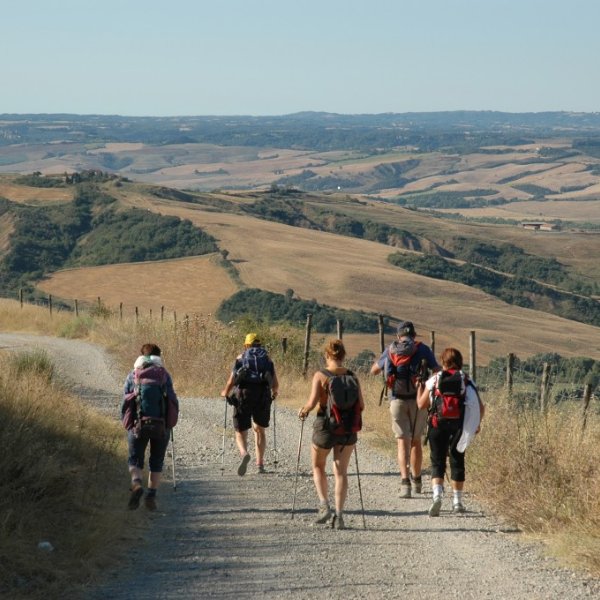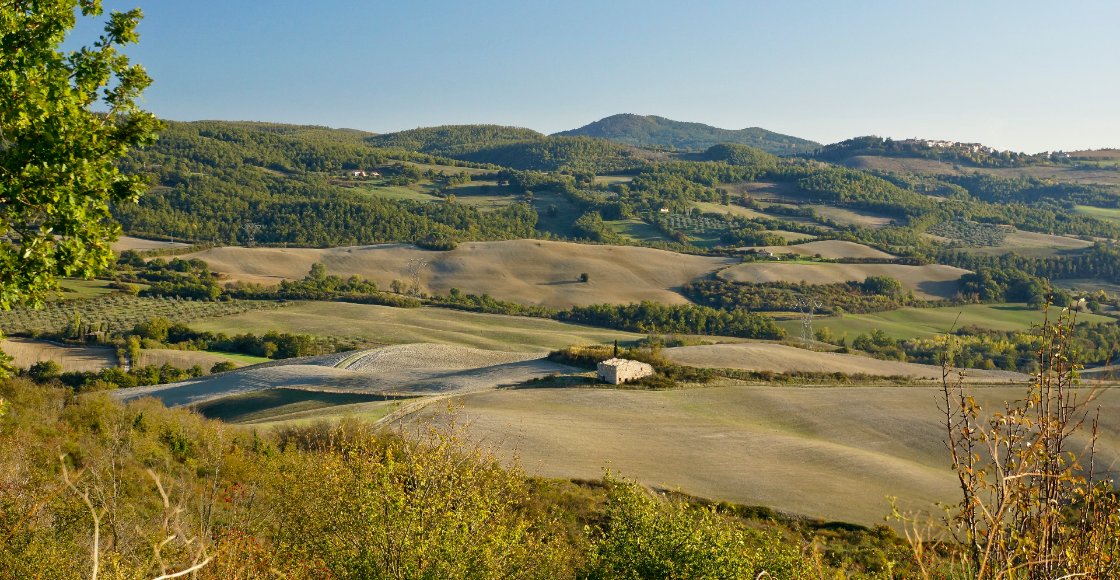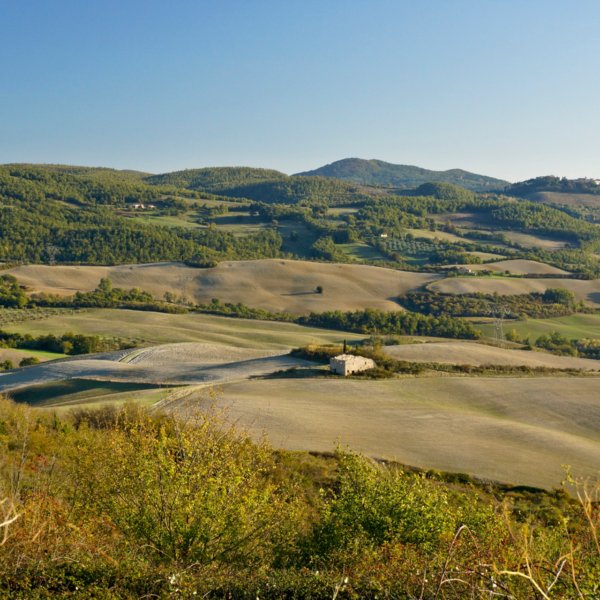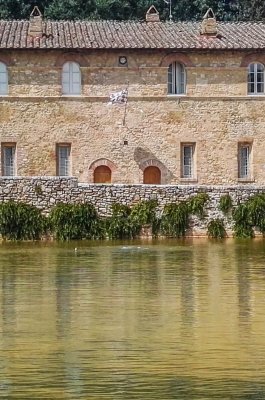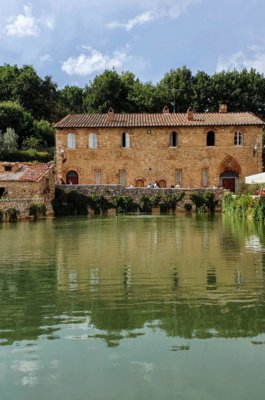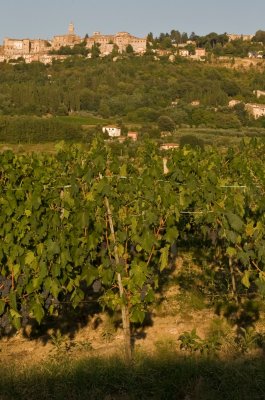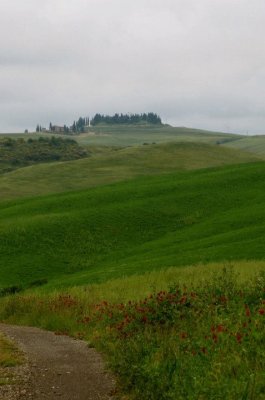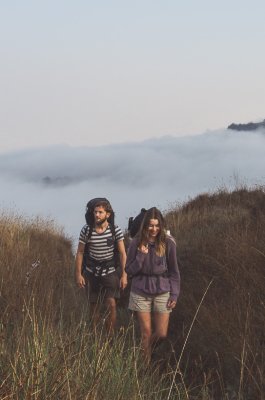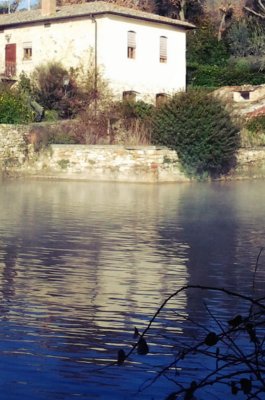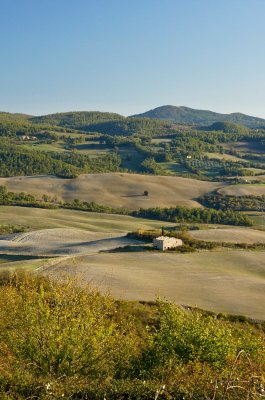From the fortified village of Radicofani begins one of the most scenic stages of the Via Francigena, at about 79 miles (24 kilometers) long and completable in some 7 hours.
The route begins with a spectacular descent of about 5 miles or 8 kilometers along the ridge of the Antica Cassia, among rolling hills, sweeping views of the Val d’Orcia, the profile of Mount Amiata in front and the Rocca di Radicofani behind, growing ever more distant. The route continues through the valley of the Paglia River to Ponte a Rigo, where the path leaves Tuscany and enters Lazio near Centeno. Here, the landscape slowly mutates, announcing the new section of the path.
After Ponte Gregoriano, you face the final climb toward Acquapendente.
Caution is advised on the route that runs along the state road between Centeno and Gregorian Bridge, which should be undertaken with care. Alternatively, the variant through Proceno, a longer but safer section, is recommended.
Refreshments can be found at Ponte a Rigo and Centeno. There are also water supplies at Ponte Gregoriano.







